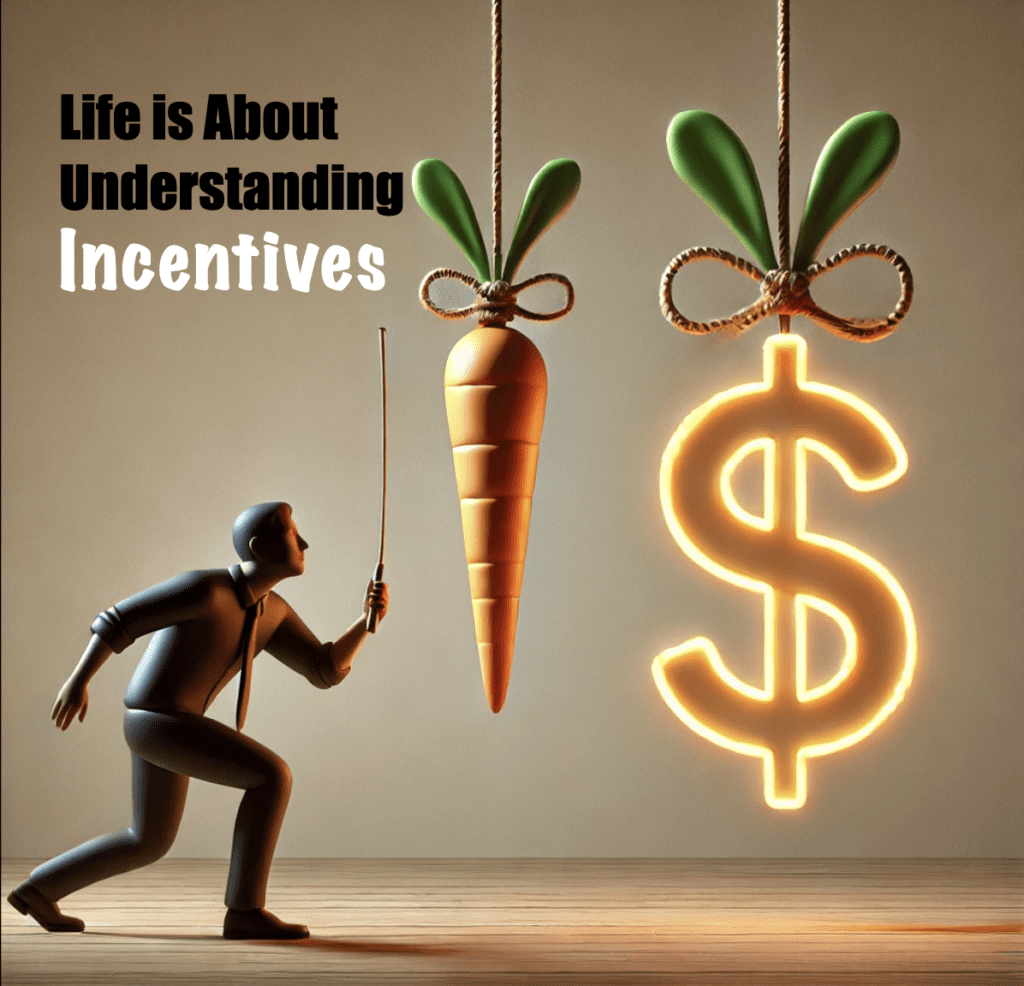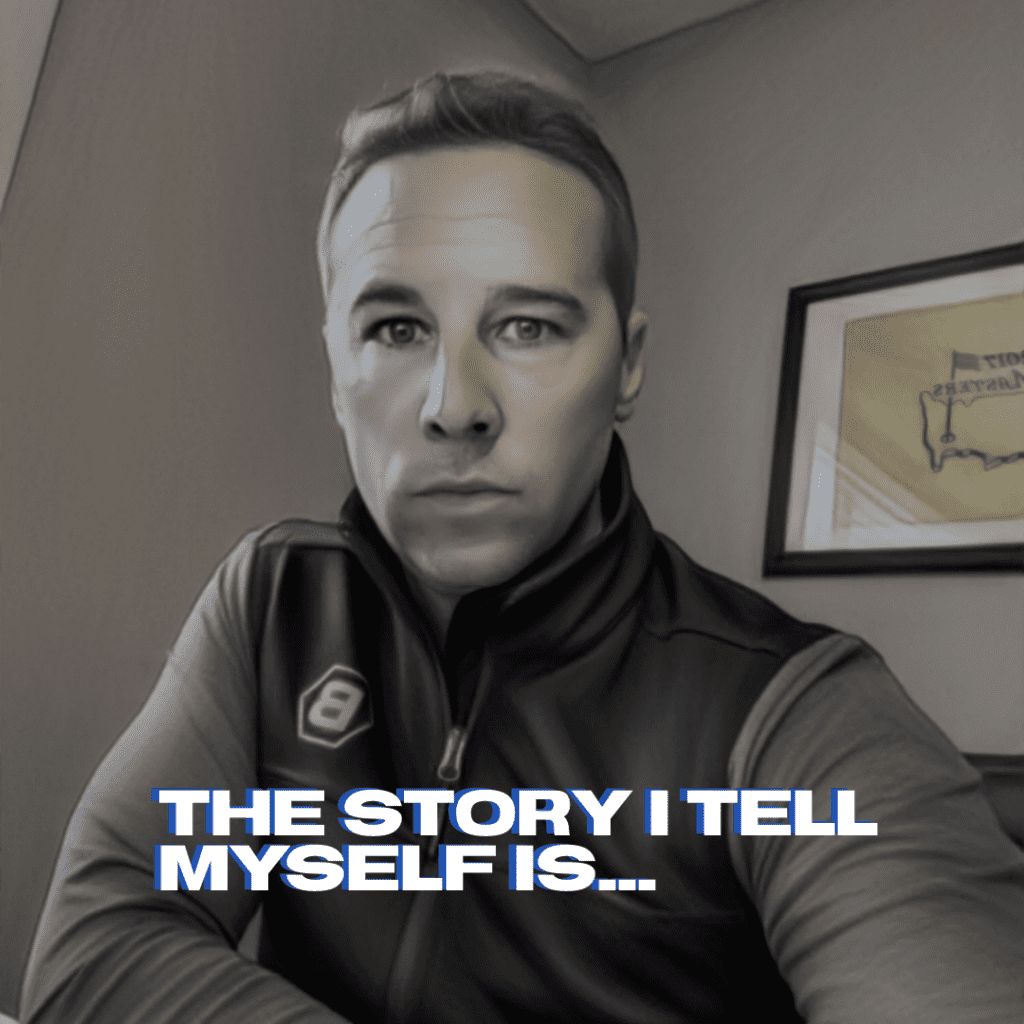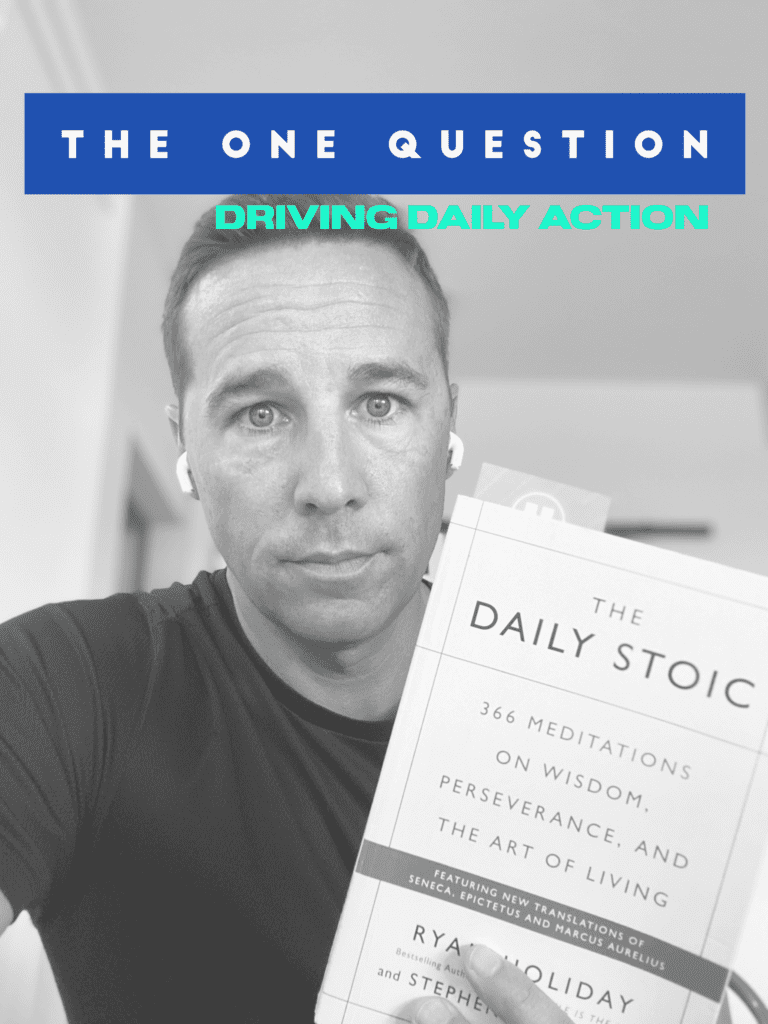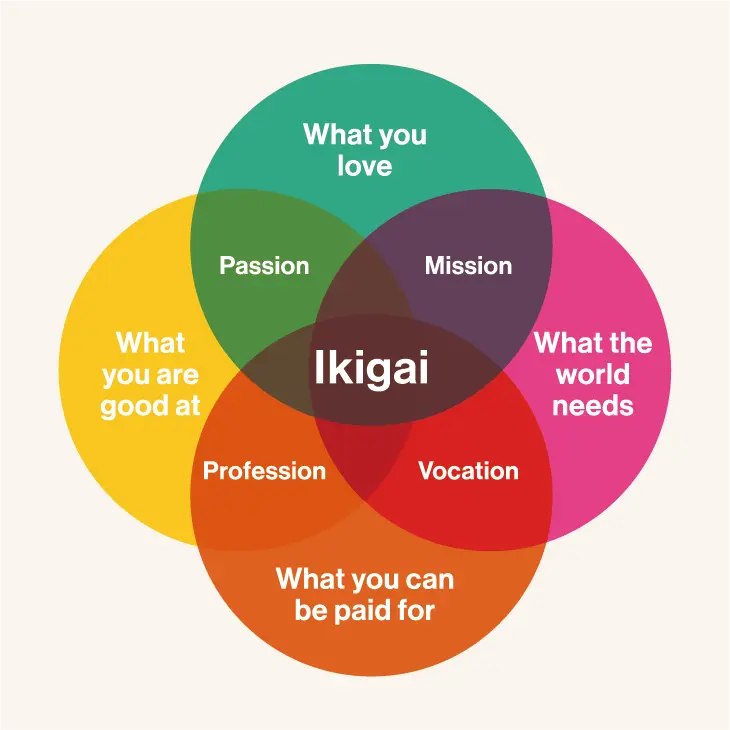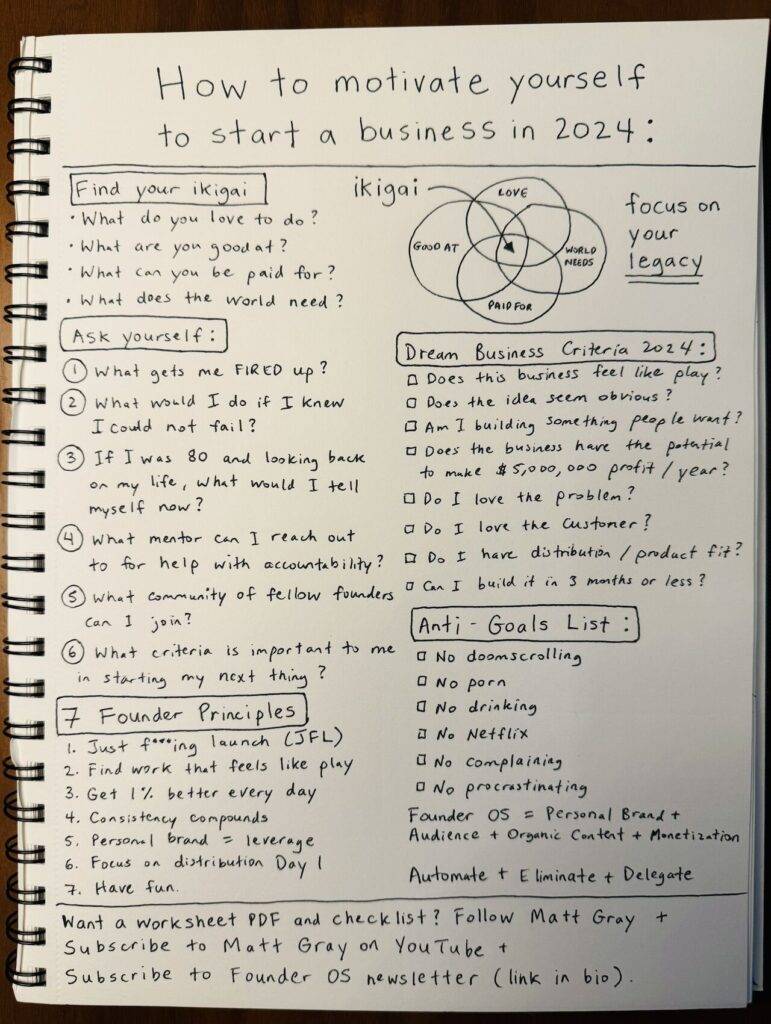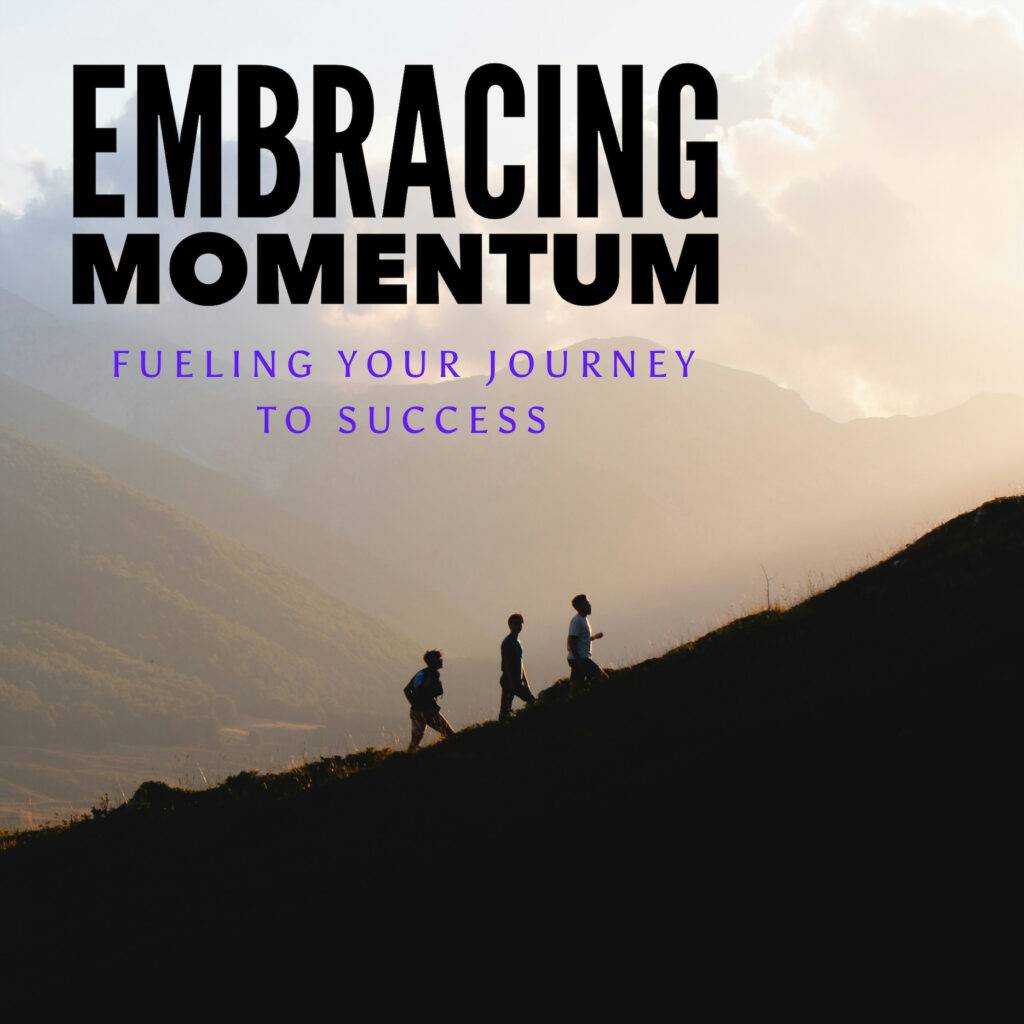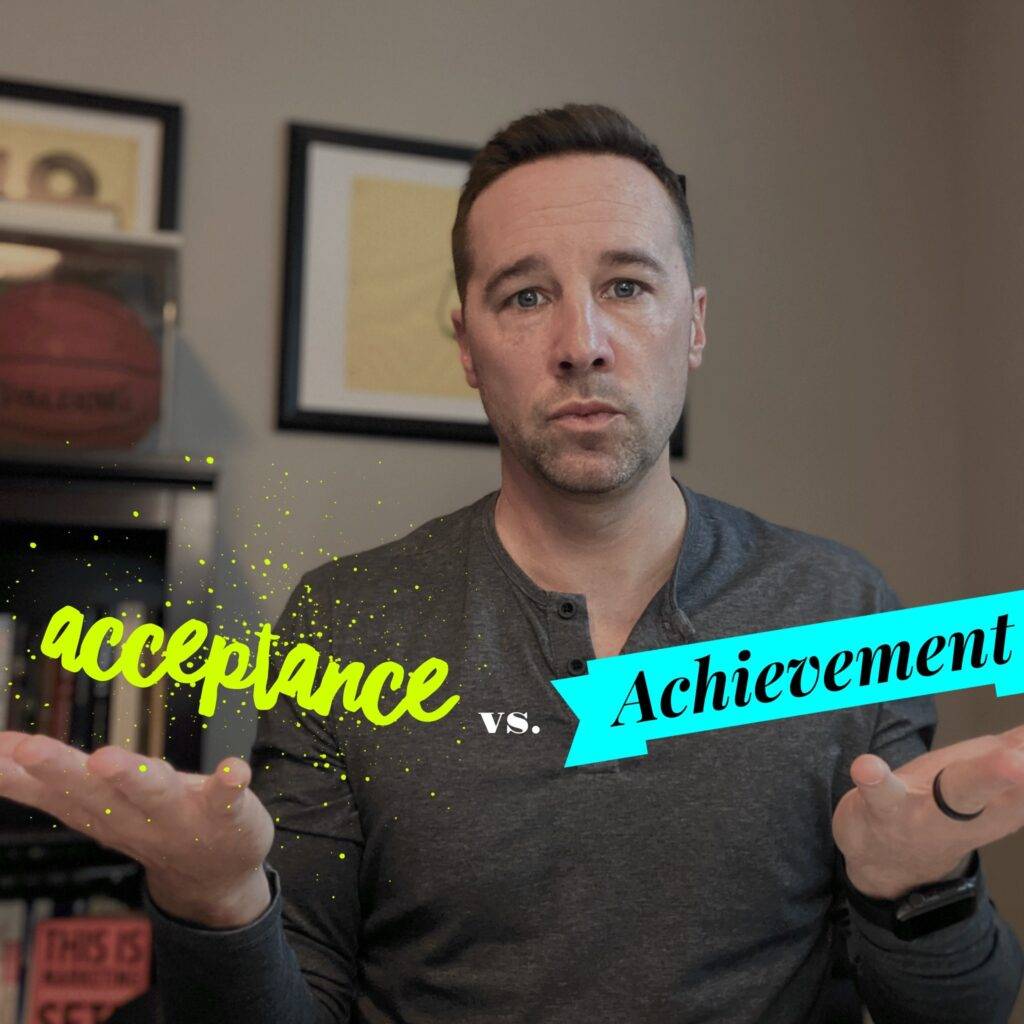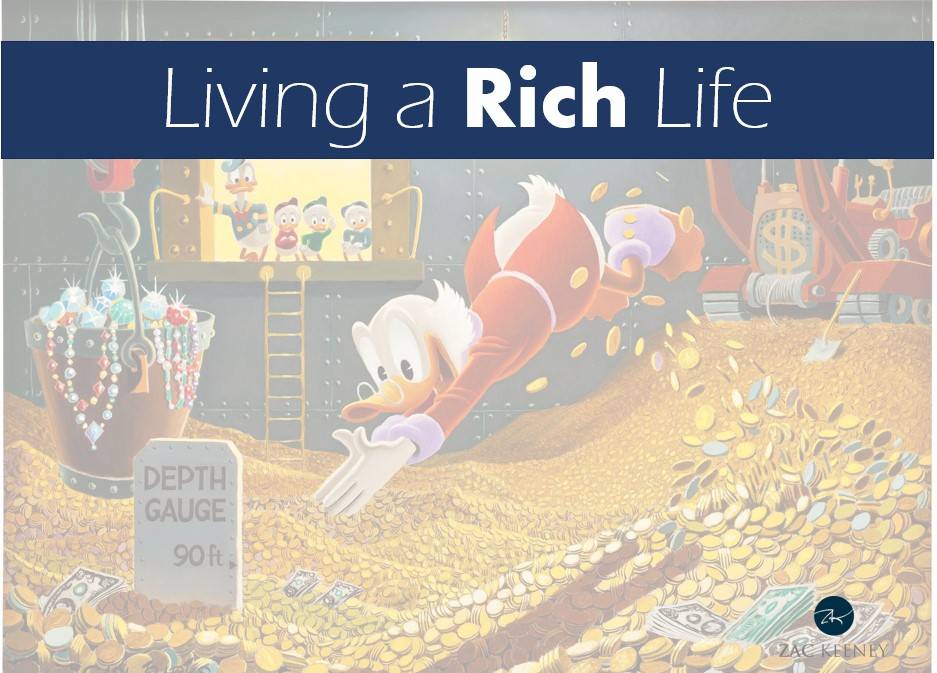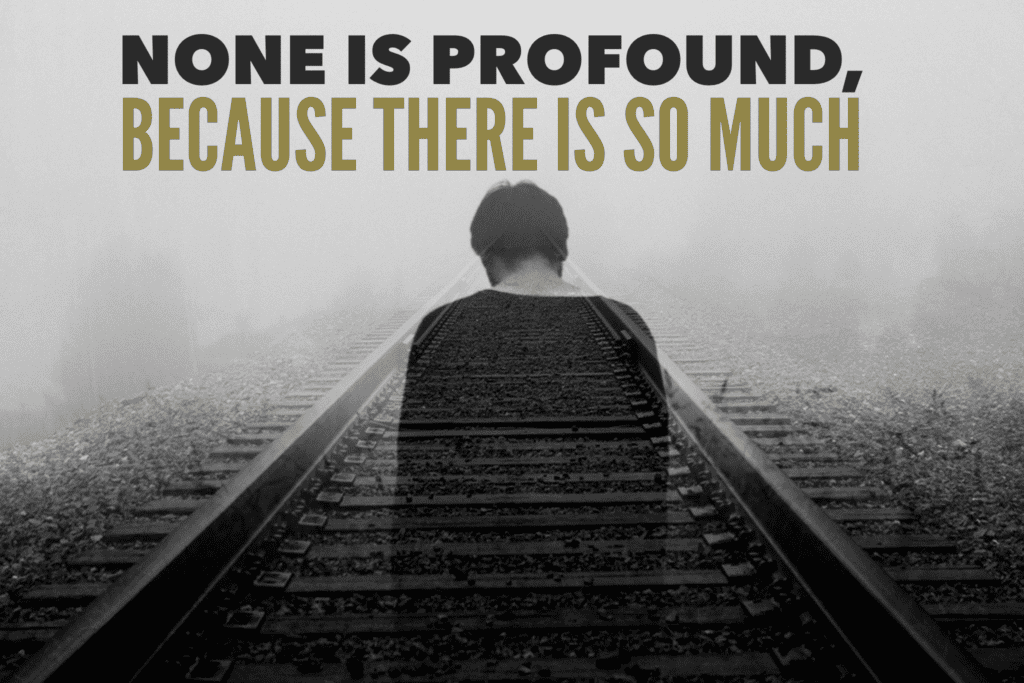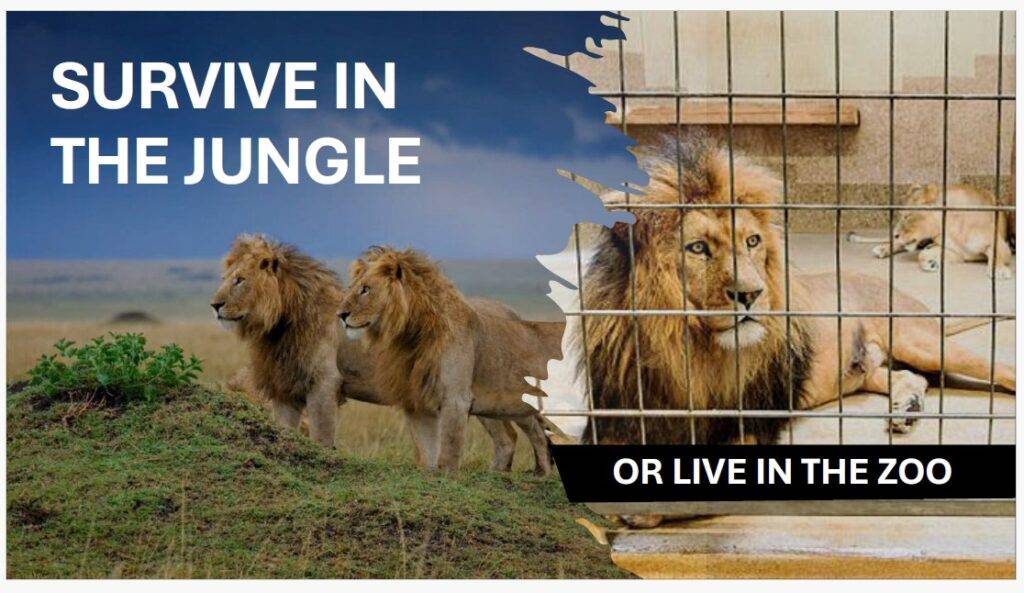
You’ve got two options men: survive in the jungle or live in the zoo.
One is raw, real, and forces growth. The other is soft, safe, and built to sedate.
In your 30s, 40s, and 50s, life doesn’t get easier. It gets louder. If you don’t wake up and lead, it will eat you alive—or worse, lull you into comfort, boredom and mediocrity. Here’s a blueprint I’m using to thrive as a Dad, Husband, and Brother-in-Arms to other men during these transformative years.
1. Control the Device, or Risk It Controlling You
You know what’s harder than a 5AM workout? Putting the damn phone down.
Tech is a tool. It’s not a pacifier, a babysitter, or your therapist. Doom scrolling doesn’t make you more informed—it makes you more numb. If you’re always checking out, you’re never checking in—with your kids, your wife, or yourself. I know guilty of it! So what can be done?
- Schedule phone-free hours at home.
- Delete apps you don’t use with purpose.
- Lead by example. Your kids are watching. So is your wife.
You can’t fight for your tribe with your head in a screen.
2. Win the Mornings, Own the Day
Your family needs your energy. So what do you give it to first—your habits or your hangups? The jungle doesn’t care if you’re tired. You either hunt, or you go hungry.
- Get up early.
- Move your body.
- Read something that sharpens your edge (I prefer one-page-a-day learning guides)
- Pray, journal, think—whatever it is, go inward before you go outward.
You don’t rise to the occasion. You fall to your level of preparation. Morning is your weapon.
3. Date Your Wife, Not Just the Calendar
You didn’t marry her to raise kids and pay bills together.
You married her to chase, flirt, laugh, and build a life that feels like something worth living—not just surviving.
The zoo version of marriage is transactional. The jungle version is intentional and in pursuit.
- Plan dates (real ones—not Costco and Target runs or kids sporting events)
- Put effort into how you look, how you speak, how you pursue
- Don’t wait for a “better season.” The season is now!!
If you’re not watering the relationship, you’re watching it dry up. I have work to do here, as it’s also listed on my [Monthly Scorecard] as “Date Nights”. The goal is only two per month, and all too often, I don’t check the box on one!
4. Your Kids Don’t Need a Coach—They Need a Dad
Youth sports. Schoolwork. Group chats. Travel teams. It’s easy to outsource presence for performance.
But children don’t need another critic on the sidelines. They need a safe harbor, a truth–teller, a steady rock showing up with consistency.
- Let them fail. < – – – this is as hard to read as it is to say out loud.
- Talk about real things vs. Outcomes (W/L) – effort, pain, growth, leadership and showing up in friendship
- Teach them how to shake hands, hold eye contact, and speak clearly. In my observation, these skills are lost amongst our youth.
Being “busy” isn’t the badge. Being present is.
5. Build Brotherhood, or Die in Isolation
You weren’t made to do life alone. But too many men confuse independence with isolation.
The jungle isn’t just dangerous—it’s lonely if you go it solo. Lonely men can make bad (sometimes fatal) decisions. I’ve seen them and it pains me to even write this.
- Find your crew. Not just drinking buddies—truth tellers.
- Set the tone. Organize the breakfast. Start the group text. Lead a getaway. (Men, you all desperately need it)
- Speak truth and expect it back. Support and build up your peers. They need you!
Iron sharpens iron. Comfort dulls the blade.
Final Thought
The jungle is hard, brutal, and relentless.
But it’s also where you grow teeth. Build muscle. Earn scars. Forge legacy.
The zoo? It’s easy. Safe. Predictable. But deep down, you know—you weren’t made for cages.
I’m here for you! Choose the jungle. Every damn day.

